You don’t have to do it alone
All our customers are partnered with a customer success manager who takes time to get to know you and your goals. They’ll help you make the most of Dotdigital from ideation, to automation, to incredible results.
Wow your audience with personalized cross-channel marketing.
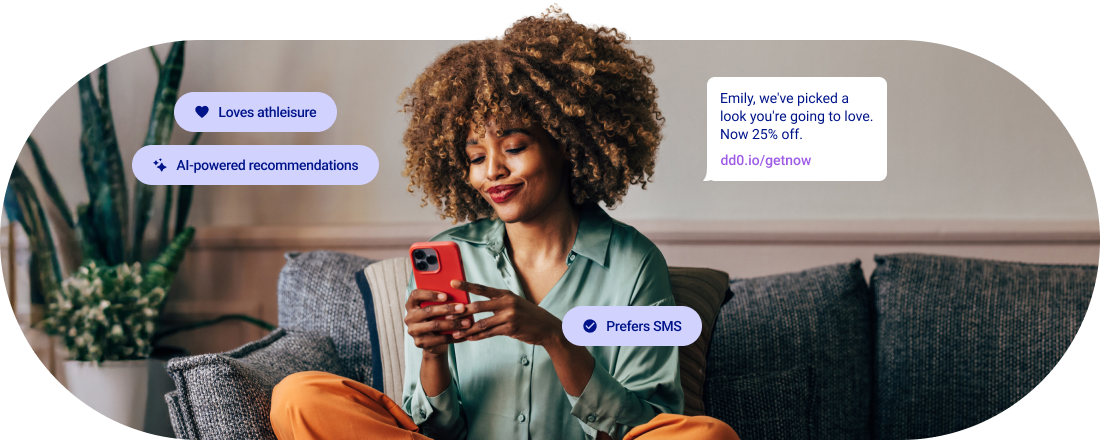
Break down data silos and unify behavioral, purchase, and preference data into a Single Customer View.
Give marketers the power to bring ideas to life without developers, designers and data teams
Send highly personalized cross-channel campaigns across email, SMS, WhatsApp and ads.
WinstonAI is baked into our platform every step of the way, to help make you indispensible.
Connect Dotdigital to your most-used tech platforms and more, and let data flow in real-time. See all data for each contact in your Single Customer View, an actionable profile you can use to create a lookalike segment in seconds.
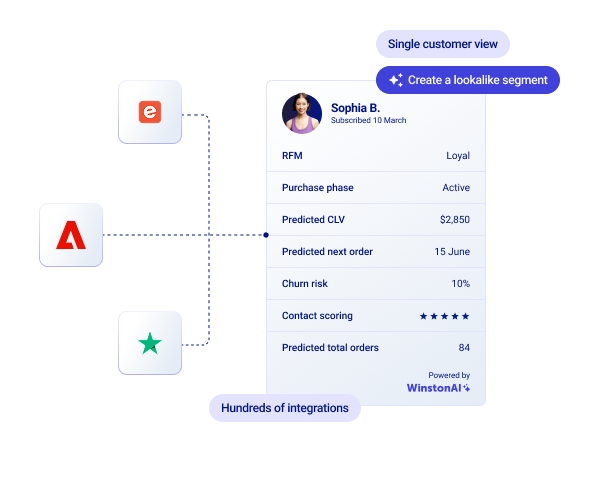
Use behavioral, order, preference, intent, or any other data to create deeply personalized campaigns. Combine personalized email, SMS, WhatsApp and ads to drive conversions across the customer journey.
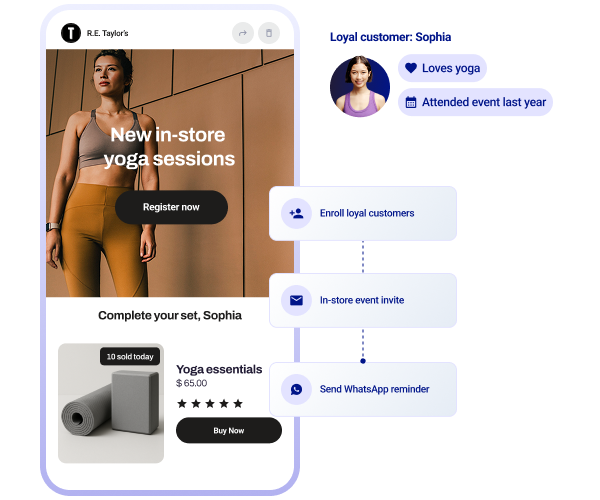
Build drag-and-drop journeys that trigger highly relevant, click-worthy messages. From a timely cart recovery email to an SMS offer reminder, it’s all possible in minutes with no technical skills needed.
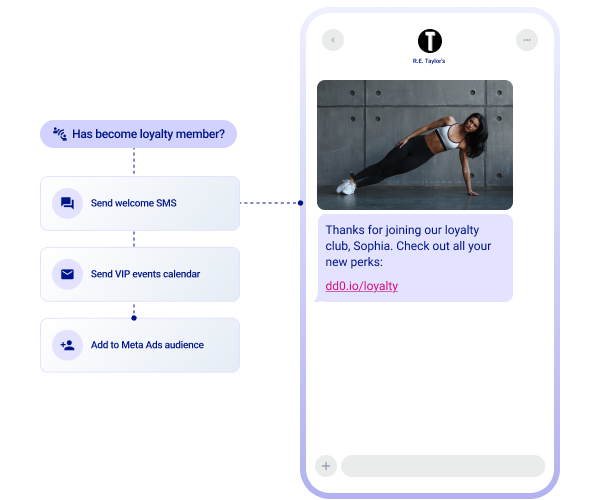
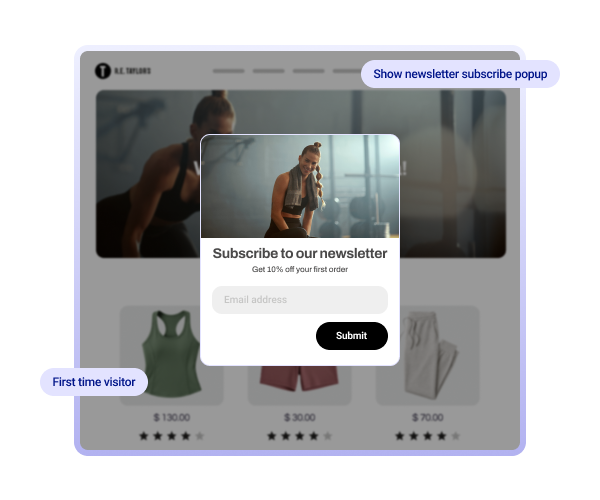
When it comes to acquisition, let marketing automation do the heavy lifting. Use landing pages and forms (embedded or in popovers) to capture customers and their preferences to keep fuelling your automated campaigns.
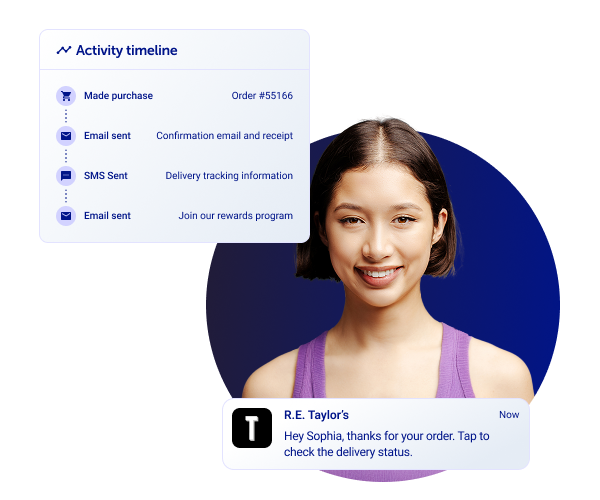
Get peace of mind that important email and mobile updates are always delivered quickly. With Dotdigital, your email receipts, order confirmations, shipping updates, and more land without a hitch.
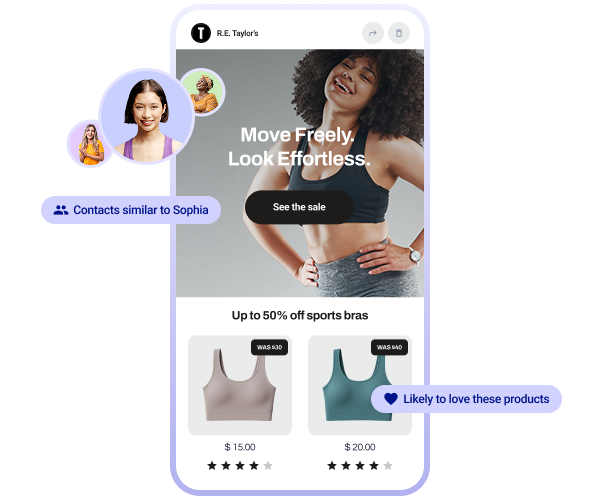
Target the right audience with predictive analytics and recommended segments. Increase conversions with content recommendations. Inform your next decision with real-time insights. WinstonAI is baked into every area of our platform to help make you indispensible.
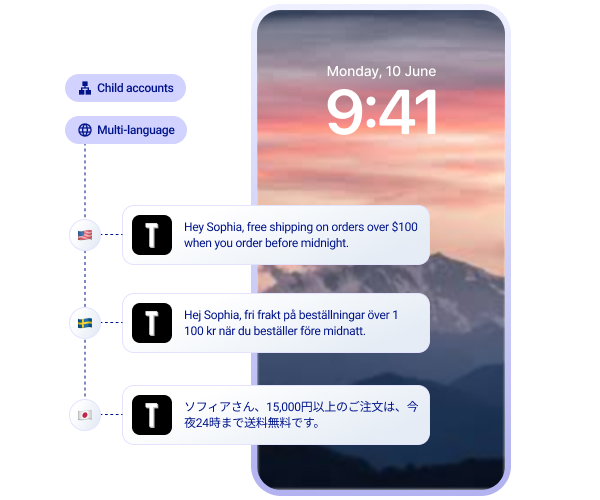
We're ready wherever your business goes. Our CXDP supports messaging to 200+ countries and dozens of currencies. Cross-account analytics, SSO support, child accounts, multi-store front and multi-language support are part of our DNA.
You don’t have to do it alone
All our customers are partnered with a customer success manager who takes time to get to know you and your goals. They’ll help you make the most of Dotdigital from ideation, to automation, to incredible results.

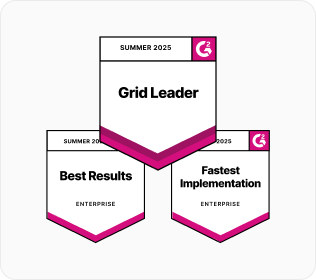
support around the clock
We aim to answer calls in under 20 seconds and respond to live chats in less than a minute with our global support hubs.
We’re not just a platform, we’re real people
Our expert team spanning design, managed services, deliverability, messaging and technical solutions can help you overcome any marketing challenge.
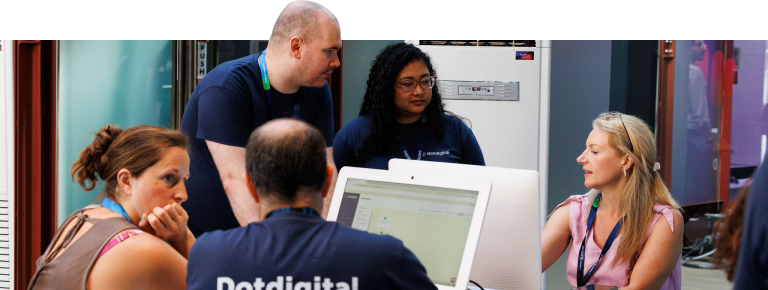
Delight web visitors with dynamic popups to get new sign-ups, personalized banners to welcome back customers and product recommendations to increase sales.
Drag-and-drop your way to record open rates with personalized email programs to welcome, nurture, remind, recommend and reengage your customers.
Make your app undeletable by creating 1-1 style experiences using cross-channel behavior and first-party data.
Retarget high-intent audiences on Meta, Google, X and TikTok and convert ad traffic with landing page personalization.
Keep customers updated with automated and dependable SMS marketing with built-in link tracking and shortening.
Use WhatsApp to create personal, two-way conversations with rich media, tailored product recommendations and real-time support.
Marketing automation refers to the use of software and tools, such as marketing automation platforms, to automate repetitive, time-consuming marketing tasks like email marketing automation, SMS messaging, and social media management. This allows you to streamline marketing efforts, improve the efficiency of your campaigns, reduce human error, and consistently achieve better results.
Utilizing marketing automation tools empowers you to save time on your day-to-day tasks, allowing you to focus on more strategic initiatives and deliver highly relevant content that resonates with your target audience. Ultimately, this leads to more effective campaigns, increased customer engagement, and a greater return on investment (ROI).
A marketing automation platform is a software solution that consolidates various marketing tools and channels, allowing you to manage and streamline your marketing activities from a single, centralized platform. These platforms empower you to create personalized and targeted campaigns, track customers' behavior, and measure the success of your marketing campaigns.
Marketing automation platforms integrate seamlessly with your martech stack and CRM, allowing you to manage and analyze your data effectively. This enables you to easily measure the performance of your campaigns, make data-driven decisions, and optimize your marketing strategy.
By using marketing automation, you can gain the following benefits:
To learn more about the benefits of marketing automation, read our blog post.
Customer relationship management (CRM) and marketing automation are two distinct but complementary tools that marketers use to manage their customer interactions. Both tools differ in terms of their scope, functionality, and the stages of the customer lifecycle they focus on.
CRM is generally considered a broader category of software that helps businesses manage their customer interactions across multiple channels, including email, phone, social media, and in-person interactions. CRM software is primarily focused on managing customer data, including contact information, purchase history, and customer feedback. It enables businesses to track customer interactions, improve customer satisfaction, and ultimately build long-term relationships with their customers.
Marketing automation, on the other hand, is a more specialized tool that is designed to automate and streamline marketing tasks and workflows. It typically includes features such as email marketing, lead management, campaign management, and analytics. Marketing automation software is primarily focused on generating new leads, nurturing existing leads, and optimizing marketing campaigns to increase conversions and revenue.
Yes. Dotdigital is a marketing automation platform that lets you automate your cross-channel campaigns, create dynamic, personalized messages, and track campaign performance in real-time. It has advanced personalization features and an easy-to-use interface that allows you to create, automate, manage, and analyze your cross-channel marketing campaigns with ease.
Dotdigital has the ability to synchronize with ecommerce and CRM platforms, enabling you to segment, personalize, and target customers with highly relevant and engaging content. This makes it an ideal choice if you’re searching for an all-in-one marketing automation solution.
The best marketing automation software will depend on your specific business goals and needs. However, Dotdigital is considered one of the top platforms for marketing automation due to its machine learning, user-friendly interface, and excellent integration capabilities.
With Dotdigital, you can enhance your campaigns, improve customer engagement, and boost sales. The platform enables the creation of personalized and targeted email campaigns, landing pages, and ad retargeting. Its advanced automation capabilities and intuitive interface make it easy for you to create and execute campaigns with ease. Dotdigital also provides real-time insights and analytics, enabling you to measure campaign success and optimize your marketing efforts accordingly.
If you are looking for a reliable and powerful marketing automation tool, Dotdigital is worth considering. To learn more about Dotdigital's capabilities, please read our marketing automation feature page.
There are a range of different automation programs you can add to your marketing campaigns. Here are some popular types:
To learn more about marketing automation programs, read our blog post.
Marketing automation enhances your existing marketing strategy in several ways.
Firstly, marketing automation does the heavy lifting for you by automating routine tasks like sending out welcome emails, abandoned cart programs, re-targeting display ads. This can save you time and resources, allowing you to focus on more strategic marketing activities.
Secondly, marketing automation streamlines your processes by integrating different marketing channels and automating workflows. This can help you create more efficient and effective campaigns, reducing the chances of errors and improving the overall customer experience.
Thirdly, marketing automation improves targeting and personalization by allowing you to target your audience and create highly personalized campaigns that are tailored to the needs and preferences of each customer. This helps you build stronger relationships with your customers, increasing their loyalty and engagement with your brand.
You can use data insights to guide your marketing automation and optimize your future marketing efforts. By analyzing data from different marketing channels, you can identify trends, patterns, and opportunities that can inform your future marketing strategies and tactics, ultimately driving better results and return on investment.
Marketing automation significantly enhances email marketing campaigns by introducing efficiency, personalization, and advanced targeting capabilities. Here are five key ways in which marketing automation improves email marketing efforts:
SMS marketing can be a highly effective way to reach your customers, but it's important to remember that timing, relevance, and personalization are key to success. This is where marketing automation comes in - it can help you streamline your SMS campaigns and make them more effective. Here are some ways marketing automation tool can help you boost the success of your SMS campaigns:
Targeted messaging: With marketing automation, you can create and schedule highly targeted SMS messages to be sent to your recipients based on their interests, preferences, behavior, and other relevant factors. This focused and personalized approach ensures that your messages are more likely to resonate with your audience and drive higher engagement rates.
Timeliness: Marketing automation enables you to schedule your SMS campaigns at the most appropriate times for your recipients, which can increase open and response rates. Moreover, you can create trigger-based messages to leverage important moments such as sending a promotional message right after a customer abandons a cart or visits a specific product page.
Personalization: Marketing automation empowers you to create highly personalized and targeted SMS marketing campaigns at scale. By using the data collected on customers, you can create bespoke messages with tailored offers and recommendations that appeal to their distinct preferences and needs.
Marketing automation software allows marketers to automate key touchpoints throughout the customer lifecycle. For instance, you can automate welcome emails, abandoned cart emails, and post-purchase follow-ups. This not only saves time and effort but also ensures your communication throughout the customer journey is consistent and personalized.
Marketing automation also helps in lead nurturing. By automating lead nurturing campaigns, you can send personalized and relevant content to prospects based on their behavior, interests, and stage in the sales funnel. This helps in building trust and strengthening the relationship with the prospect, which ultimately leads to higher conversion rates.